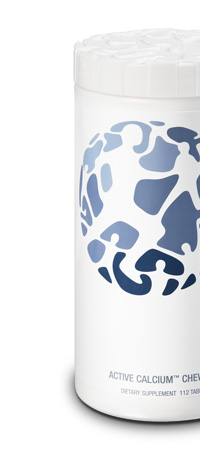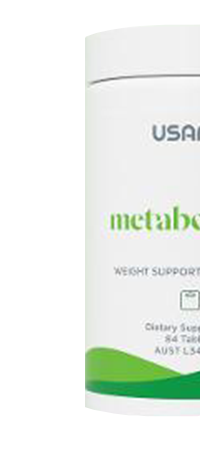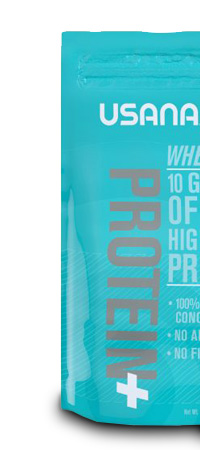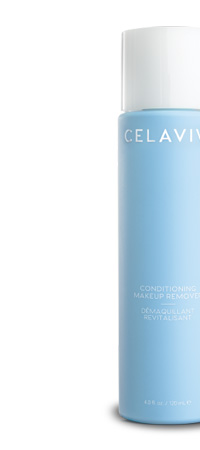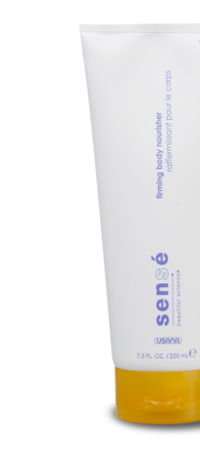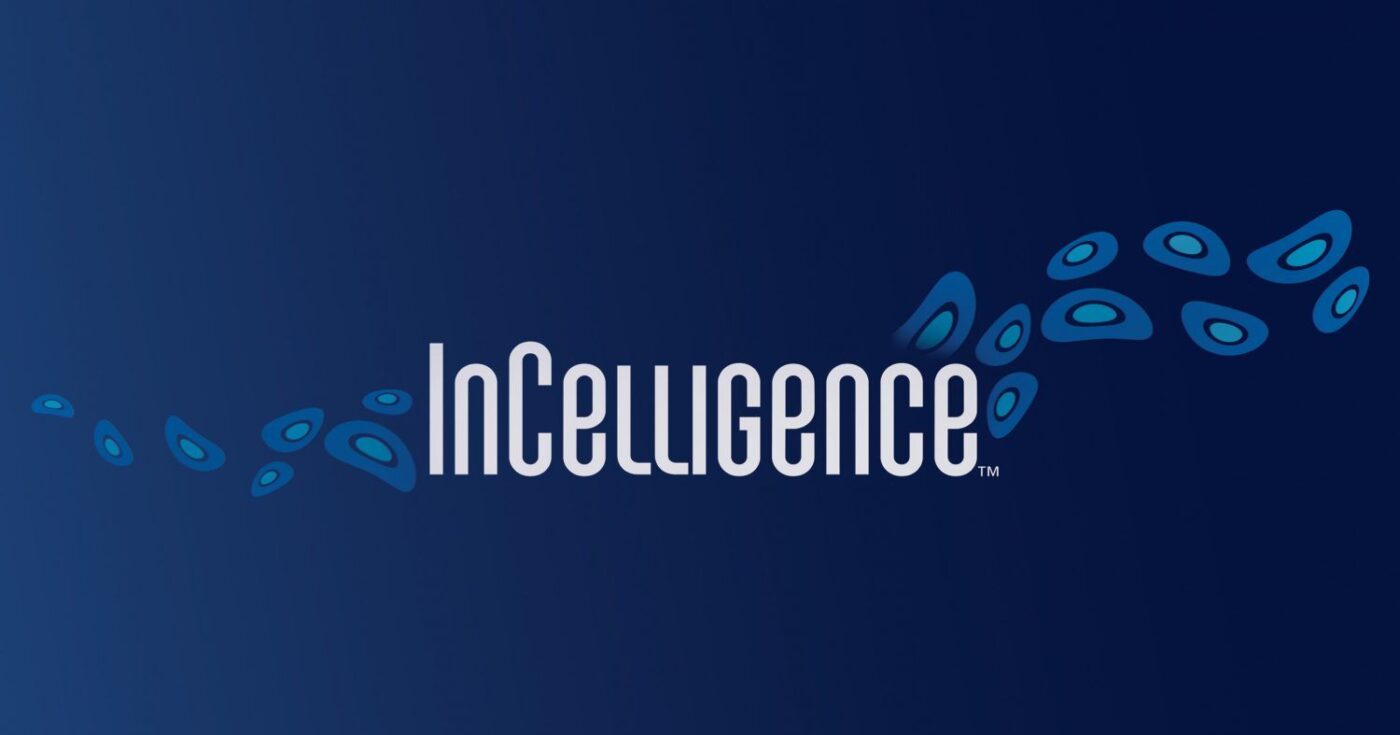Blog
Understanding USANA InCelligence Technology
Understanding USANA InCelligence Technology
USANA InCelligence is a revolutionary technology that helps to craft food supplements in support of Cellular Health. To understand InCelligence technology, it’s good to learn how cells work and talk to each other.
USANA InCelligence & Phytonutrients for Cell Health
USANA products using InCelligence technology are like food delivery systems with well-managed networks. Along with relevant macros and micros, products like:
- USANA CellSentials – Powerful Antioxidant Multivitamin and Mineral
- HealthPak – AM and PM Pillow Pockets. A massive vitamin stack
- Proglucamune – Overall Immune Supporting Supplement
- Procosa – Powerful Joint Supplement
- Hepasil DTX – Helping Support the Liver
- Copaprime – Supporting Brain health
- A number of USANA Celavive Skincare products also contain phytonutrients to keep cell signalling pathways clear.
Did You Know That Cells Communicate?
They talk more than best friends at the beach! Your cells function as the body’s kitchens, and most of us roughly know how the system operates. Cells across the body receive nutrients from food, convert the food to energy, and carry out specialized functions depending on the kind of cells they are.
You’ve heard ‘You are what you eat’. This rings true for the importance of healthy eating. If you eat loads of highly processed and fatty foods, we’ll have the expectation that our cells will be performing sub-optimally and will communicate poorly. Also after a long time period of this type of eating could manifest into degenerative disease. The same goes with healthy food choices, our cells can use these nutrients to send stronger (healthier and clearer) signals within one another.
The question is: how can the small quantities of nutrients we get from food reach the cells and still be useful? The answer is fascinating: through a complex process called cell signaling.
Cell signaling is the cells’ ability to receive signals – or communication from their environment, they then process these signals, and transmit signals in turn to other cells. All cells can communicate within and amongst themselves. Even bacteria and plant and animal cells.
The messengers are an army of molecules. These molecules carry signals to and from cells. Sometimes, the distance the signals must travel is long, and sometimes it’s short.
These messenger molecules seek targets that will receive the signal. These “receptors” are like your local post offices, built of protein. They live both inside (intracellular) and outside the cell “cell surface receptors.” The latter may be lodged on the cell membrane like barnacles on a rock.
To get to intracellular receptors, the messenger molecules must travel through the pores in the cell membrane. It’s obviously easier to get to the receptors on the surface of the cells. But these receptors still have to send the message back inside the cell.
When the messenger molecules reach the receptor, their interaction creates a final outcome: cellular signaling inside the cell. The message is received, and it’s amplified, awaiting action. The receiving cell must act. The cell must respond to the initial signal. But remember, it’s not just one signal but multiple signals that are being responded to at one time.
USANA InCelligence helps to support these communication pathways in the following ways:
- Optimizing cell function
- Supporting your immune system
- Supporting detoxification
- Optimizing antioxidants made in the cells
- Supporting cell clean-up
Let’s look in greater detail at the value of supporting your cell signaling network.
How Our Human Cells Talk To Each Other
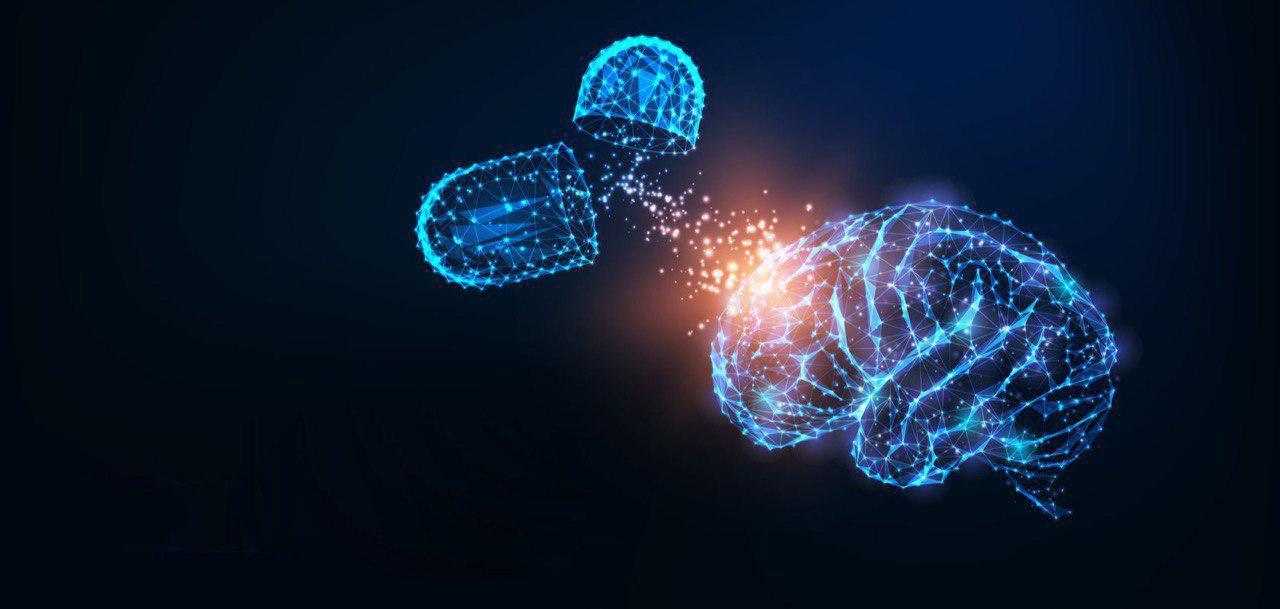
As scientists investigated cell signaling, they found several specific signaling networks with specific roles. They also found many kinds of messenger molecules, depending on the type of signal.
Sometimes, the signaling happens within the cell, sometimes between neighboring cells.
Signals can be:
- Chemical compounds like toxins and nutrients
- Electrical impulses like electrical signals along nerves
- Mechanical signals, such as your stomach stretching to tell your body you’ve eaten enough
How Chemical Signals Work
Sometimes, a cell must send itself a memo, and do it following protocol. The protocol is to release a chemical signal that binds to a receptor on its own surface and this is where InCelligence Technology becomes interesting.
When a cell wants to control what’s happening in the cell next door, it can use synaptic signaling. In this process, neurotransmitters jump the gap between two neurons. This is how the brain and central nervous system send and receive signals.
Cells can also signal neighbors using water-filled channels between them. Molecules travel these channels and carry a signal across the channel so groups of cells can respond.
For long-distance messaging, cells send endocrine signals through the bloodstream to faraway cells and tissues. Did you know that hormones are signals that start in one part of the body and travel through the bloodstream to another part?
How Electrical and Mechanical Signaling Work
You already know some examples of electrical and mechanical signaling. Electrical signals regulate and synchronize your heartbeat. Mechanical signals tell your muscles to grow after exercise – adding some high quality protein products with USANA’s Nutrimeal and USANA Active Nutrition range will certainly help with that growth.
However, when you exercise, your muscle cells stretch, and calcium ions flood into the cells. This action is like the operator at the switchboard, switching the mechanical signal to a chemical signal. The message is received by cell signaling pathways that, among other things, signal to the hormones that bulk up your muscles.
What Happens When the Lines are Jammed?
As is obvious, the cell signaling activity in your body is complex. And it helps maintain your body’s health through busy and minute processes.
As long as the communications network is up and running well, even small amounts of nutrients from food will reach its destination.
But sometimes, external factors canmake cell signaling laborious for your body. Factors like aging and lifestyle, for instance, generate a lot of noise for the cell signals to cut through.
Things slow down. There’s less energy available. Poor immunity affects how responsive receptors and messengers are. If the temperature, energy status, and pH of the cellular environments aren’t ideal, things can reduce and cause sluggish results in the body.
That’s why it’s important to keep up your cell health through detoxification, energy regulation, and the right kind of nutrients. InCelligence technology is based on recent evidence that phytonutrients, and a number of vitamins and minerals can support cell signaling pathways.
InCelligence Technology uses Sodium, potassium, magnesium, and Vitamin D, which are some of the nutrients that help your cells communicate. As we saw above, Calcium ions also play a role in cell signaling.
But a certain group of phytochemicals, obtained from plants, are also important. Some of these are:
- lipoic acid, helps in detoxification, can be found in spinach and some other veggies
- Epicatechin, found in grape seeds and chocolate, supports heart health
- EGCG, found in green tea, helps with detoxification
- Cururmins in turmeric keep the immune system healthy
To put it simply, USANA InCelligence technology makes supplements more bio-available. They are more easily absorbed and used by your body. You are better able to enjoy the benefits of the supplements you take.
But it’s good to remember that supplements will help boost a healthy lifestyle. Physical exercise is essential in not just improving cell signaling, but enjoying a host of other related benefits such as improved immunity and energy regulation.
USANA Health Sciences. Salt Lake City, UT
